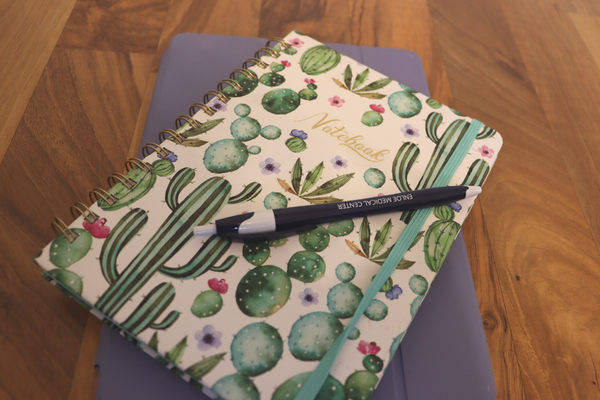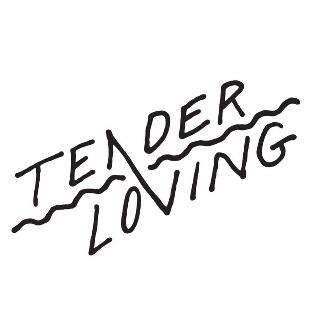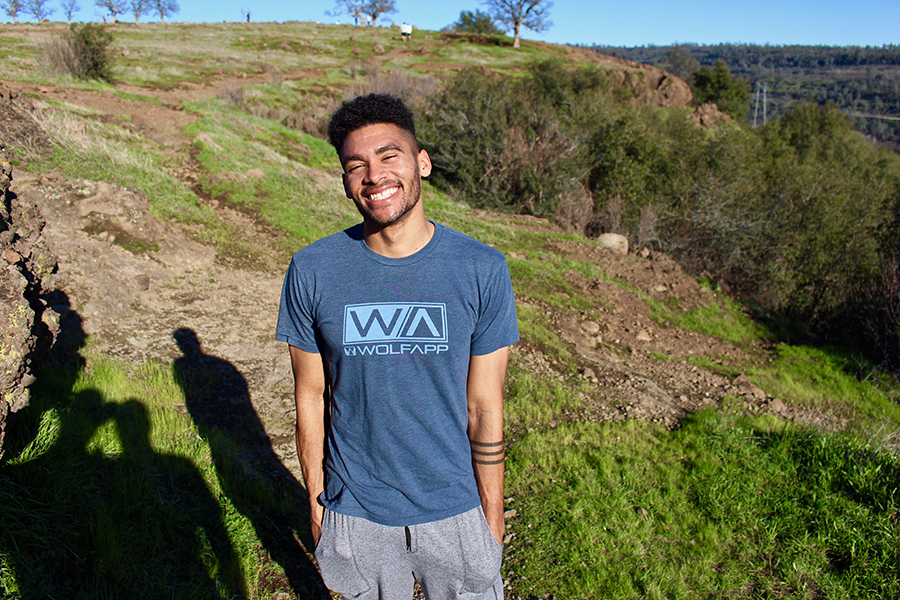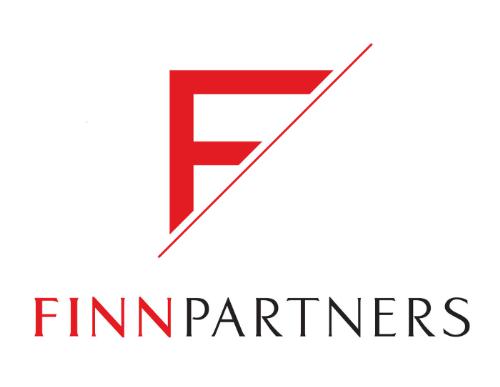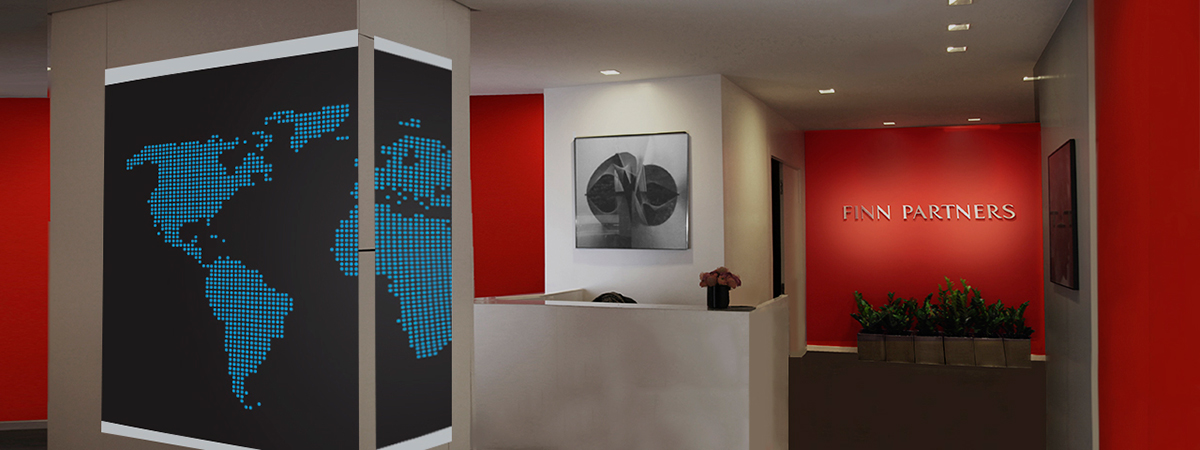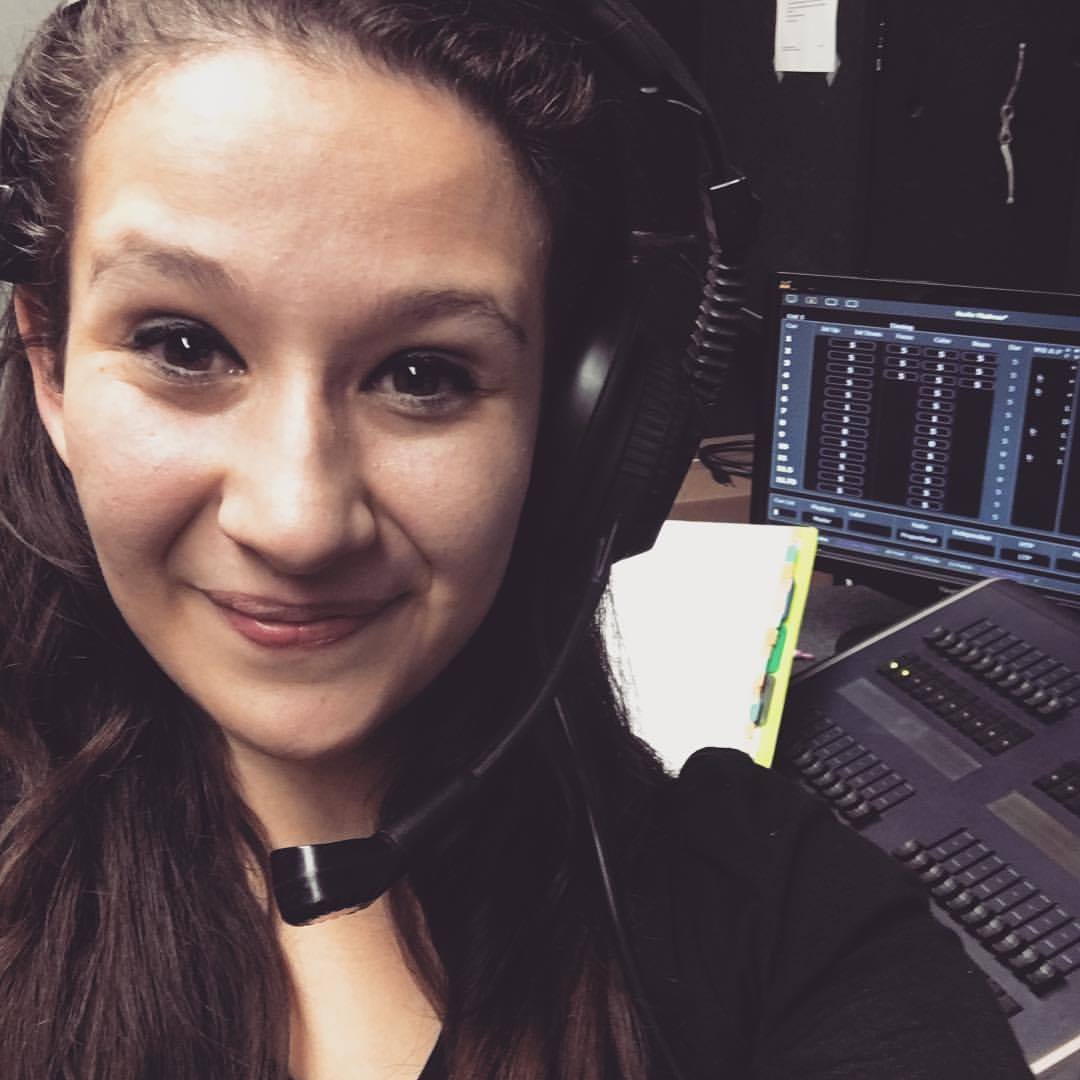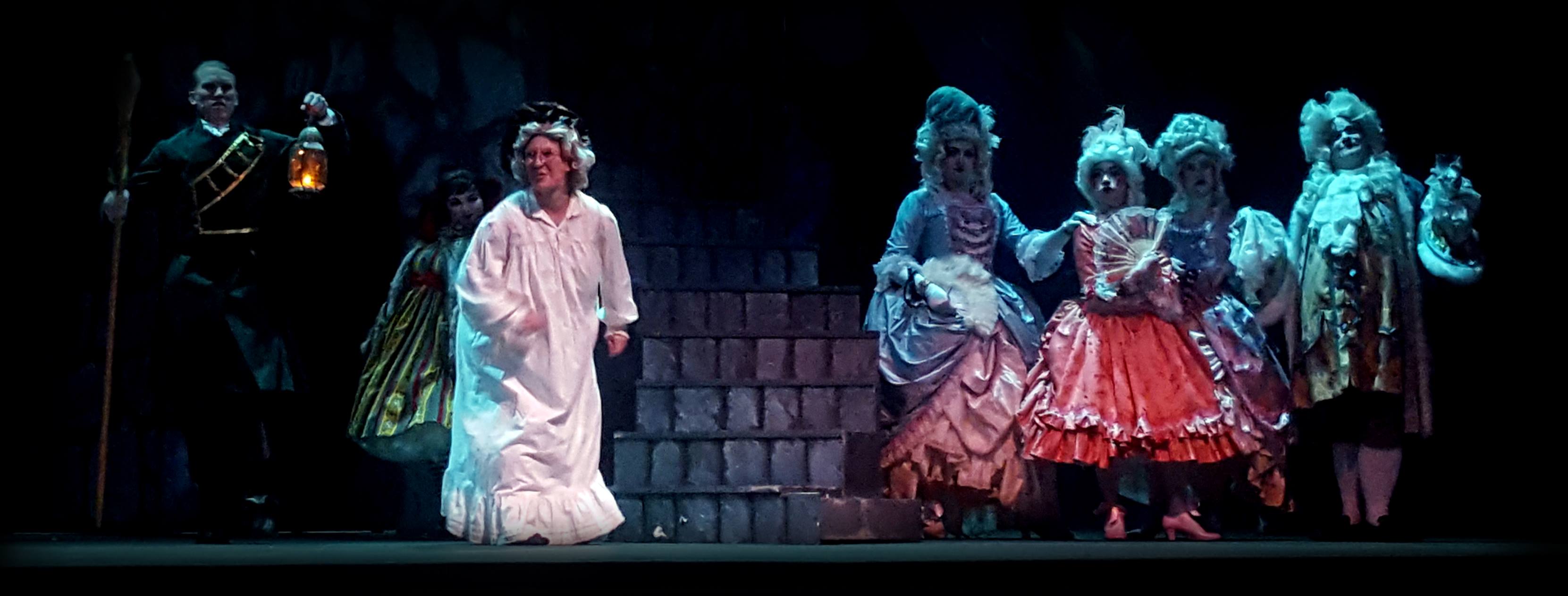By Madison Starboin
Staying organized is very important, especially in the world of public relations.
As a college student I am balancing so many responsibilities, so for me staying organized is not only a priority, but it is how I survive my crazy schedule.
I work 16-18 hours per week, I have four classes, and I have an internship that requires about 10-12 hours per week of meetings and work. If it wasn’t for staying organized and using my first 3 years of college to find a system that works for me.
Here are a few tips I’ve learned about staying organized and finding the right system for you.
The first and most obvious thing is to try different time-management systems to see what works best for you. There are a variety of different ways to keep track of your schedule and tasks. This is important because the older you get the busier your schedule is and the more vital it is for you to be organized. Some people use paper calendars or planners to keep track of events and assignments. For me, I have found that online methods work better for me because I can set reminders and check the schedule without carrying around a bulky calendar.
Remember, this is trial and error, so if something does not work, there are always other methods.
The internet is an amazing tool for finding out how people stay organized.
Another tip that I have is if your work, school, or internship requires you to use a tool or recommends a certain tool, try it out. Even if you don’t like it or aren’t required to use it, it is free so it is worth a shot to see if it works for you. For example, my internship uses basecamp which I love for having a central place to post and access documents.
This tip only works if you like using online tools to stay organized, but I highly recommend using Google. Google a ton of free tools to help you stay organized and you are easily able to access them from anywhere. I use google calendar for organizing my schedule. I set reminders, add events, and keep track of tasks. I can even put color codes and have the app send me a reminder 30 minutes before the event. It is also easy to delete or repeat events. The best thing of all is that it is completely free and there is no subscription fee to be able to use most of their products.
Within the Google Suite, I absolutely love using Google Keep. For those of you who don’t know what Google Keep is, it is virtual sticky notes and lists. I use this for my class assignments and tasks for TGC. I color code them and make checklists. This way I can see all the things I need to do for all my classes and internships in one organized place.
The last tip that I have is to keep a communication log. This is something I learned at work. I work in the Whitney hall mailroom and communicating with people after your shift is key. We use an online excel sheet to make notes about packages or anything that may happen on another shift. I have found that this is helpful when people work at different times, so it may not be something that works for your environment
I hope that these tips have inspired you to stay organized or at least gave you ideas on how to spice up how you organize your life!


